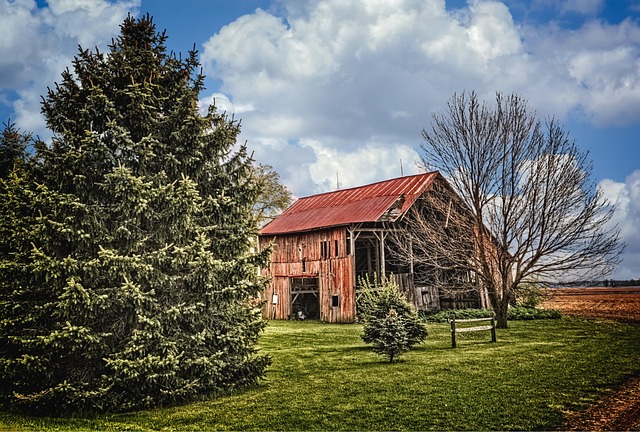Route 66, established in 1926, transformed from a functional highway into a global tourist destination, driven by its real estate potential. The iconic route sparked development with motels, restaurants, and service stations, becoming a symbol of freedom and the American Dream during the 1950s and 1960s. Today, it retains its allure through preservation efforts, attracting tourists worldwide who seek to experience its rich history, unique charm, and cultural heritage.
“Route 66, often hailed as the ‘Main Street of America,’ has captivated travelers since its inception. This iconic highway, established in the early 20th century, evolved from a functional transportation route to a vibrant tourist destination. Its allure lies not only in its historical significance but also in the diverse real estate that lines its path—from quaint towns to bustling cities.
This article explores the evolution of Route 66 as a magnet for travelers, delves into the varied real estate landscape it encompasses, and examines the challenges and opportunities in preserving this historic route’s legacy, with a specific focus on real estate developments.”
The Evolution of Route 66 as a Tourist Destination

Route 66, often dubbed “the Main Street of America,” has evolved from a functional highway to a vibrant tourist destination. Its allure began with the opening of the road in 1926, connecting Chicago and Los Angeles, attracting travelers seeking adventure and exploration. Over time, the route became a hub for real estate development as cities and towns along its path recognized its potential. Iconic motels, restaurants, and service stations sprang up, catering to the growing number of motorists and tourists.
The 1950s and 1960s saw a surge in popularity, with Route 66 becoming synonymous with freedom and the American Dream. This era left an indelible mark on the landscape, with many historic landmarks and structures still standing today. As time progressed, while newer highways diverted some traffic, dedicated enthusiasts and preservation efforts have kept the spirit of Route 66 alive. Now, it attracts tourists from around the world looking to experience a piece of American history, explore its unique charm, and immerse themselves in its rich cultural heritage.
– The early days and establishment of Route 66 as an iconic American road

Route 66, often hailed as the “Main Street of America,” emerged as an iconic highway in the early 20th century, shaping the nation’s travel and commerce landscape. Its origins can be traced back to the 1920s when a series of unpaved roads were connected, forming a crucial north-south corridor spanning from Chicago to Los Angeles. This pioneering route became a lifeline for travelers, providing an alternative to the often treacherous rail lines and facilitating the migration of folks seeking new opportunities on the West Coast.
The establishment of Route 66 was a game-changer in real estate and business. As the road improved and gained popularity, it attracted entrepreneurs who recognized its potential as a vibrant commercial corridor. The iconic roadside restaurants, motels, and service stations that lined the route became integral to the American travel experience, fostering a unique sense of community and offering a glimpse into the country’s dynamic culture.
– Key historical events that shaped its popularity as a tourist route

Route 66, often referred to as the “Mother Road,” has an iconic status in American history and culture, attracting tourists from around the world. Its rise as a premier tourist route is deeply intertwined with significant historical events that shaped not just its popularity but also the landscape it traverse. During the early 20th century, the need for a transcontinental highway connecting the East and West Coasts gained momentum, leading to the establishment of Route 66 in 1926. This period saw a boom in automobile ownership, transforming the way Americans traveled and fueling the desire for improved road infrastructure.
The post-World War II era further boosted Route 66’s popularity. As returning veterans sought new opportunities, many settled along the route, establishing businesses catering to travelers. The rise of motels, restaurants, and service stations marked a significant shift in travel experiences, making Road 66 a vibrant stop for weary tourists. Additionally, the 1946 novel The Big Road by J.J. Lewis and the iconic 1940s songs that celebrated Route 66 further cemented its place in popular culture, attracting even more travelers seeking adventure and exploration across the vast American landscape.






